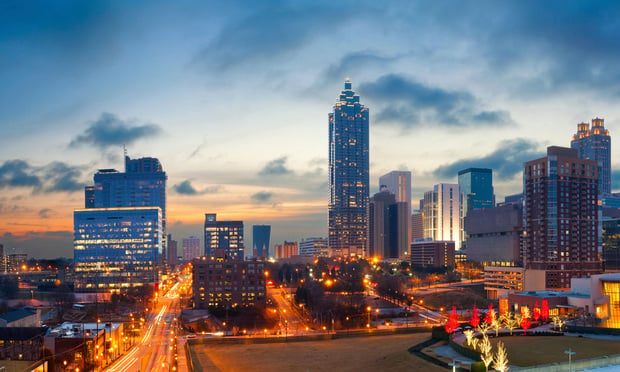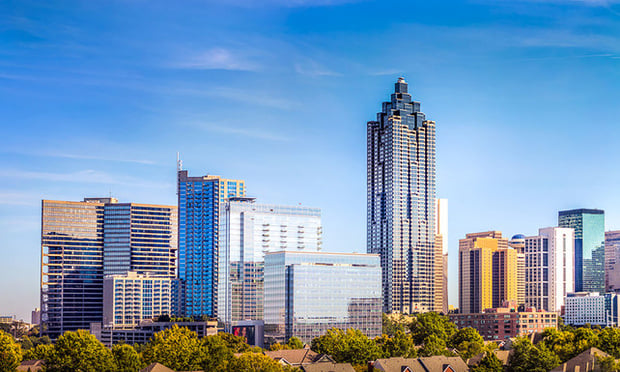ATLANTA—What should we expect next in the post-department store era? GlobeSt.com caught up with Nick Egelanian president of Siteworks Retail and author of an Urban Land Institute chapter on commodity versus specialty retail, to get some answers.
GlobeSt.com: What is your overarching view of the retail commercial real estate scene in 2017?
Egelanian: Retail is the tale of several converging trends, all of which is confusing even the best practitioners. The commodity sector—grocery, power and similar properties—is very mature and in a slow growth mode.
The regional mall sector of specialty retail is in rapid transition and entering the final phase of a 30-year-plus decline. I expect over 1,000 department stores and around 500 remaining B and C malls to cease operations in the next 10 years.
Internet retail is alive and here to stay—but broadly misunderstood. It is not responsible for the collapse of either Macy's or Walmart—but it is an easy excuse.
GlobeSt.com: What impact will urbanization have on the retail real estate industry in 2017? And what are the implications?
Egelanian: It will have little direct impact on retail in the next year that it isn't already having. Urban mixed-use projects are now and will continue to be a very appealing development model, particularly in cities that have made long-term investments in public transportation.
Beyond 2017, look for the continuing transformation of the automobile industry to the mobility industry to change almost every aspect of how retail is developed.
GlobeSt.com: E-commerce is an ongoing issue we discuss. How will this continue to impact retail real estate in 2017?
Egelanian: The storyline is far greater than the reality. When Macy's closed its single Bloomingdales store in Minneapolis, its Internet sales did not rise. They instead dropped by 75%.
T.J Maxx, Marshals, Ross Dress for Less and Nordstrom Rack are opening close to 300 stores a year, while Internet sales account for nearly 30% of all apparel sales in the US (versus about 8.5% overall).
The average consumer believes that Internet sales account for up to 60% of all retail sales, while in fact, it is well under 10% with a slowing growth rate. Amazon accounts for only about 2% of all US sales, while Walmart controls around 12%.
ATLANTA—What should we expect next in the post-department store era? GlobeSt.com caught up with Nick Egelanian president of Siteworks Retail and author of an Urban Land Institute chapter on commodity versus specialty retail, to get some answers.
GlobeSt.com: What is your overarching view of the retail commercial real estate scene in 2017?
Egelanian: Retail is the tale of several converging trends, all of which is confusing even the best practitioners. The commodity sector—grocery, power and similar properties—is very mature and in a slow growth mode.
The regional mall sector of specialty retail is in rapid transition and entering the final phase of a 30-year-plus decline. I expect over 1,000 department stores and around 500 remaining B and C malls to cease operations in the next 10 years.
Internet retail is alive and here to stay—but broadly misunderstood. It is not responsible for the collapse of either Macy's or Walmart—but it is an easy excuse.
GlobeSt.com: What impact will urbanization have on the retail real estate industry in 2017? And what are the implications?
Egelanian: It will have little direct impact on retail in the next year that it isn't already having. Urban mixed-use projects are now and will continue to be a very appealing development model, particularly in cities that have made long-term investments in public transportation.
Beyond 2017, look for the continuing transformation of the automobile industry to the mobility industry to change almost every aspect of how retail is developed.
GlobeSt.com: E-commerce is an ongoing issue we discuss. How will this continue to impact retail real estate in 2017?
Egelanian: The storyline is far greater than the reality. When Macy's closed its single Bloomingdales store in Minneapolis, its Internet sales did not rise. They instead dropped by 75%.
T.J Maxx, Marshals,
The average consumer believes that Internet sales account for up to 60% of all retail sales, while in fact, it is well under 10% with a slowing growth rate. Amazon accounts for only about 2% of all US sales, while Walmart controls around 12%.
Want to continue reading?
Become a Free ALM Digital Reader.
Once you are an ALM Digital Member, you’ll receive:
- Breaking commercial real estate news and analysis, on-site and via our newsletters and custom alerts
- Educational webcasts, white papers, and ebooks from industry thought leaders
- Critical coverage of the property casualty insurance and financial advisory markets on our other ALM sites, PropertyCasualty360 and ThinkAdvisor
Already have an account? Sign In Now
*May exclude premium content© 2024 ALM Global, LLC, All Rights Reserved. Request academic re-use from www.copyright.com. All other uses, submit a request to [email protected]. For more information visit Asset & Logo Licensing.









